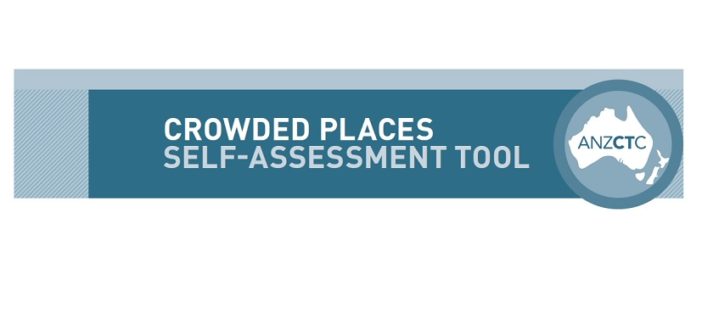
This self-assessment tool helps owners and operators of crowded places to understand how attractive their location may be for a terrorist to attack. It then provides guidance on what steps to take next.
Experience has shown that the issues listed in this self-assessment are amongst those that terrorists consider when identifying a target for attack.
In order to complete the self-assessment, it is essential that you read the accompanying explanatory notes for each of the following statements. This will provide you with a better understanding of some of the terms and concepts that are used in the assessment.
It is important to remember that this self-assessment needs to be conducted from the perspective of a would-be attacker; not from your perspective as to the current level of security you have at your location.
Please note that the descriptive words around the numerical scale often differ from statement to statement. The factors that are most likely to influence terrorist target selection are rated on a scale of 1 to 7; other factors are rated on a scale of 1 to 5.
EXPLANATORY NOTES
The location is symbolic – historical, iconic, religious, cultural or political
If a crowded place is symbolic it is serving as a representation – something that has a greater meaning because of what it represents. When a crowded place represents something else that extends beyond its functional purpose and is more abstract, it is symbolic.
The symbolism may relate to a physical structure, such as a cathedral or a significant national building which is a major tourist draw-card. It could be an event, such as an ANZAC Day parade, where the physical location may not be as important as the attendees or the event itself…Click HERE to read full report.






